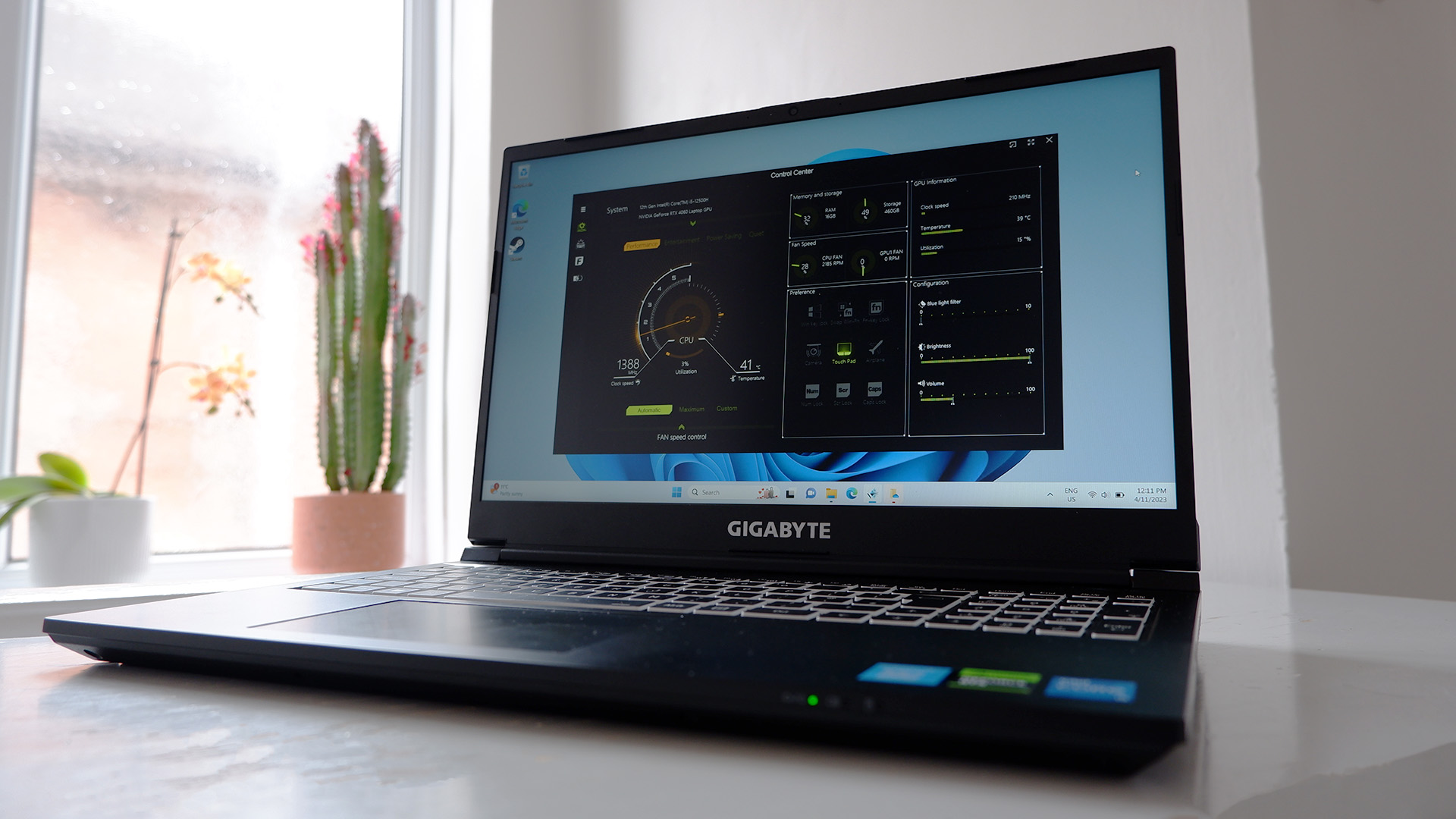
The Gigabyte G5 (2023) is a great deal, and that's a little surprising considering the price hike we usually see for brand new gaming laptops. But you'll find no fad features or unnecessary add-ons to push up the costs here. Just a straightforward, well-built, and cleverly provisioned gaming laptop for £1,200 (or ~$1,100 in the US for a similar, if only slightly worse, model) that delivers plenty of frames in games.
Let's start with the star of the show here: the RTX 4060. We're yet to see Nvidia's RTX 40-series drop to this level on desktop, but even this budget-friendly card delivers superb 1080p performance befitting the G5's 1080p 144Hz display. That's partially down to the power Gigabyte's prepared to pump into the GPU inside this machine: 75W.
That might not seem like much next to the 175W RTX 4090 laptops we've reviewed this year, but it's 30W more than MSI is ready to run through its own RTX 4060-powered gaming laptop, the Cyborg 15. And you can watch the frame rate go up with every extra watt pulsing through the G5's GPU. The Gigabyte G5 is up to 27% faster than the Cyborg 15 in our testing, and the Cyborg 15 even has a better CPU for gaming under the hood.
With generally higher performance than an RTX 3060 laptop for roughly the same price as one, and added support for DLSS Frame Generation, the newer G5 seems like a done deal already.
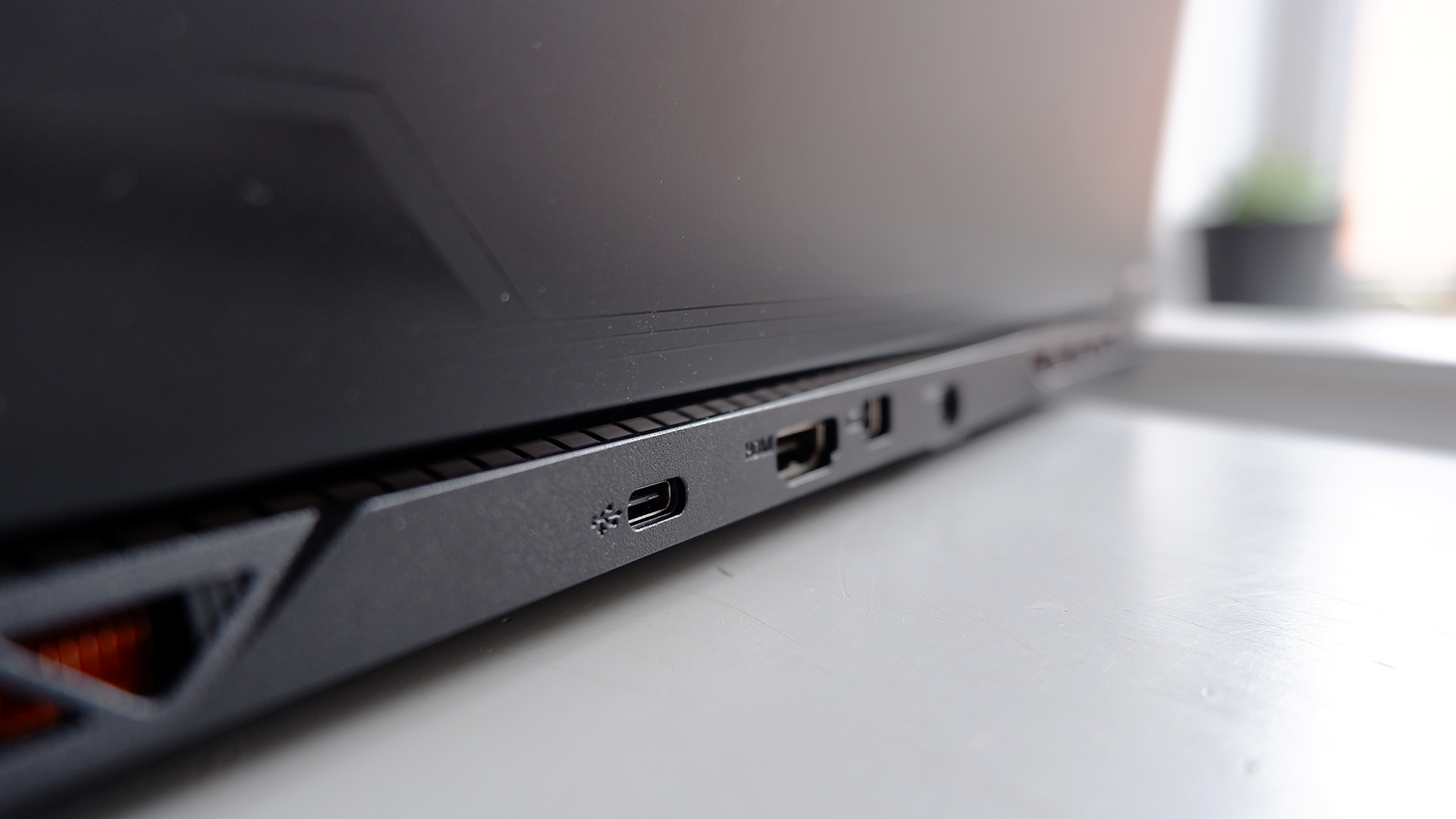
CPU: Intel Core i5 12500H
Cores/threads: 12/16 | (4+8)
Boost clock: 4.5GHz
GPU: Nvidia RTX 4060 (75W)
Cores: 3,072
VRAM: 8GB
System memory: 16GB DDR4-3200
Storage: 512GB NVMe SSD
Screen: 15.6-inch
Resolution: 1080p 144Hz
Price: ~$1,100 (exact model not available in the US) | £1,200
The CPU inside this machine is Intel's Core i5 12500H. A fairly sensible choice, though let down a little by only four Performance-cores (P-cores). This is one of Intel's hybrid Alder Lake chips, so it comes with a basket of Efficient-cores (E-cores) to help lighten the load on the quicker gaming silicon. There are eight E-cores here, which makes for a 12-core chip in total.
Generally, I'd prefer a few more P-cores in the mix, at least six. Like the Core i7 12650H CPU found on the MSI Cyborg 15, in fact. That comes with six P-cores and just four E-cores. The MSI laptop also comes with faster DDR5 memory than the legacy DDR4 on the Gigabyte machine. But as you can see in the benchmarking results, the actual difference in performance between these two is relatively small even in CPU-heavy applications and tests.
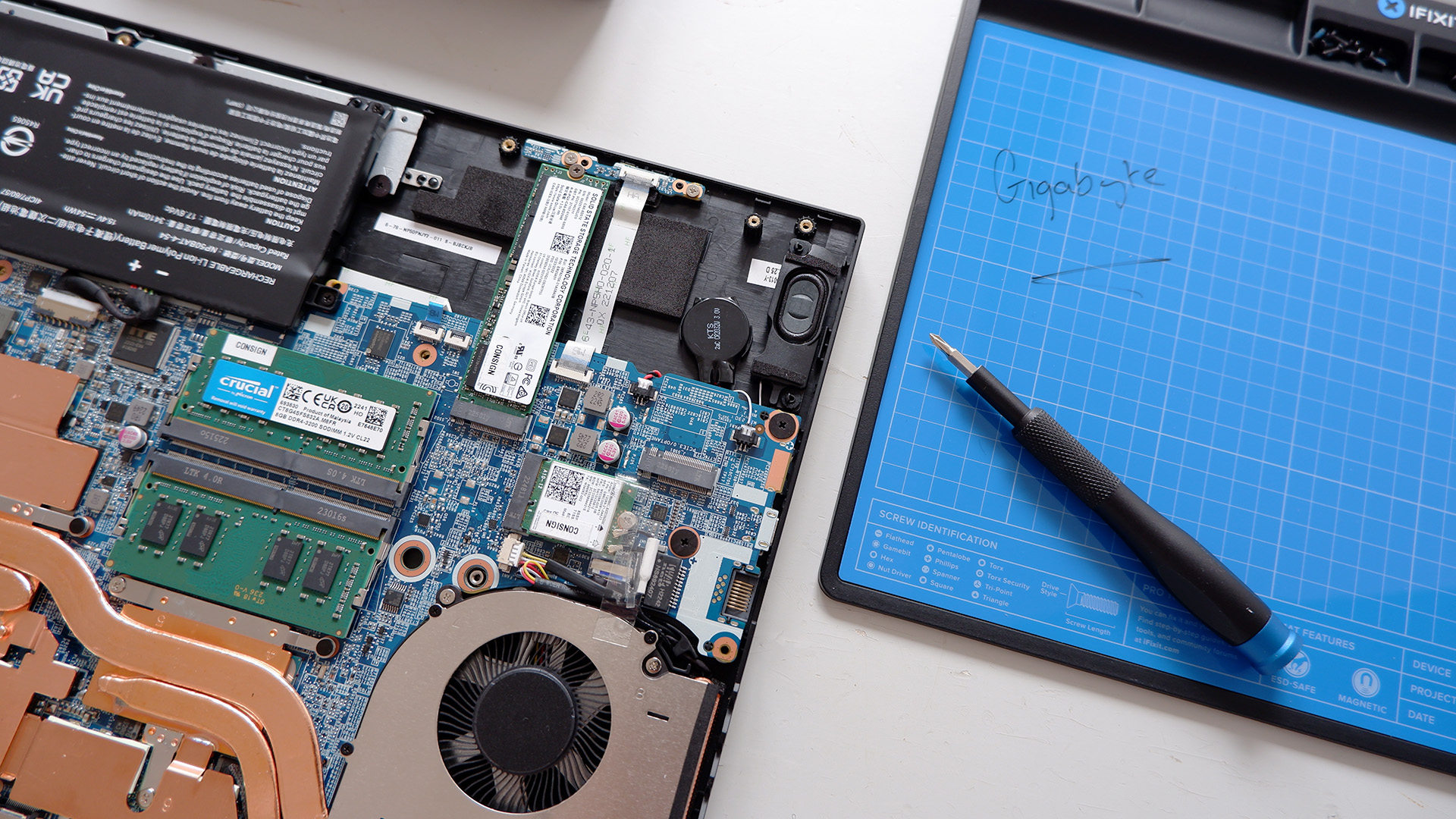
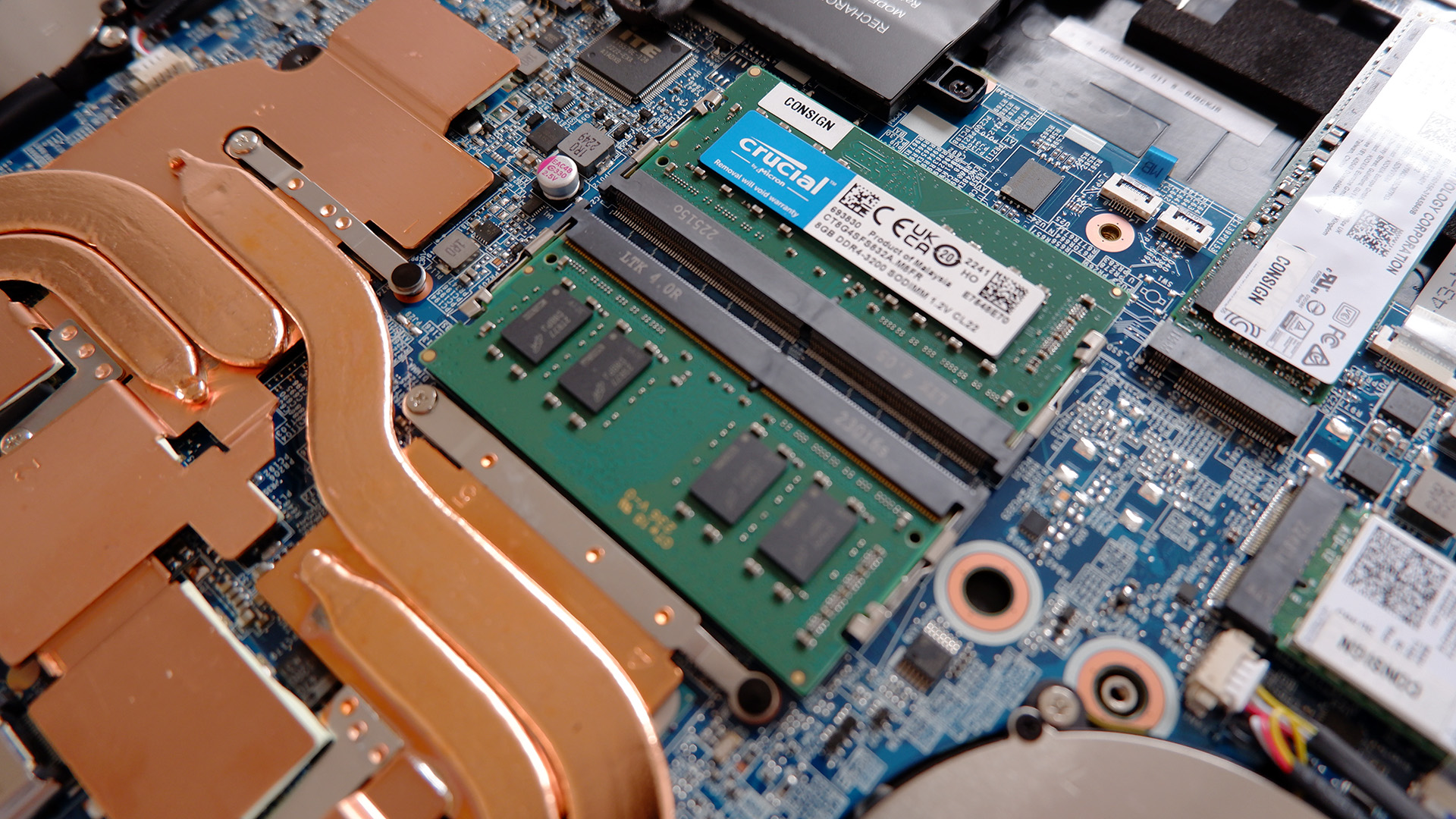
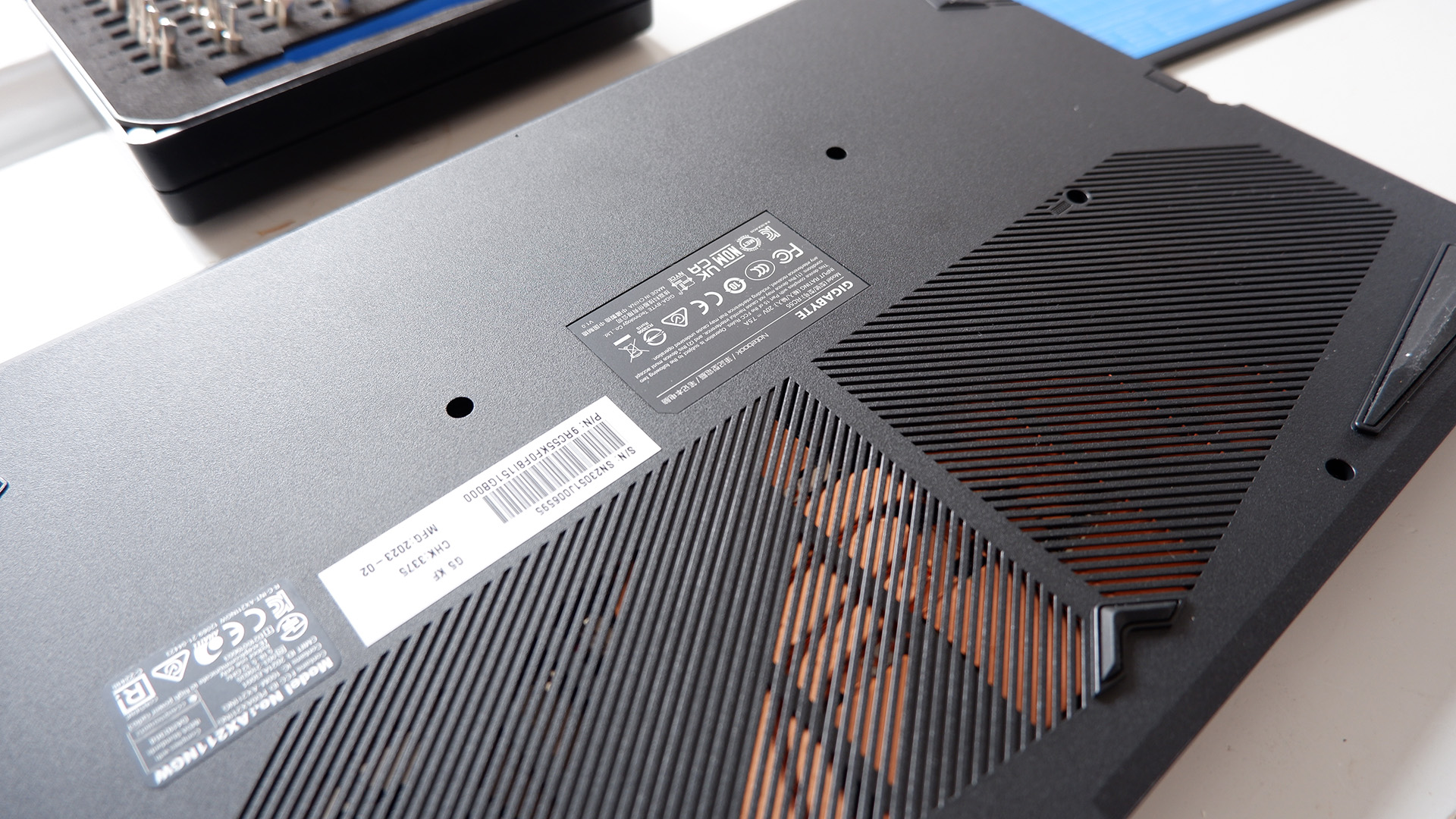
You can open this laptop up relatively easily with a Phillips-head screwdriver to access its innards. You will poke through a couple of stickers over the screws that might void your warranty, so be sure you want to be diving in there before you do, but behind the back panel you'll find one free M.2 SSD slot for an easy storage capacity upgrade. You'll probably want to take advantage of that eventually as the 512GB SSD included in this machine will fill up quickly.
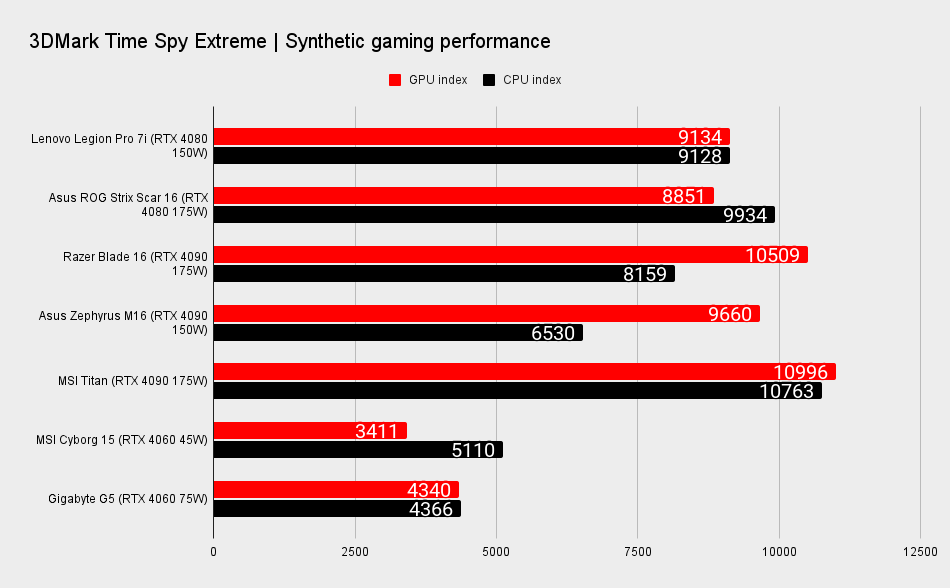
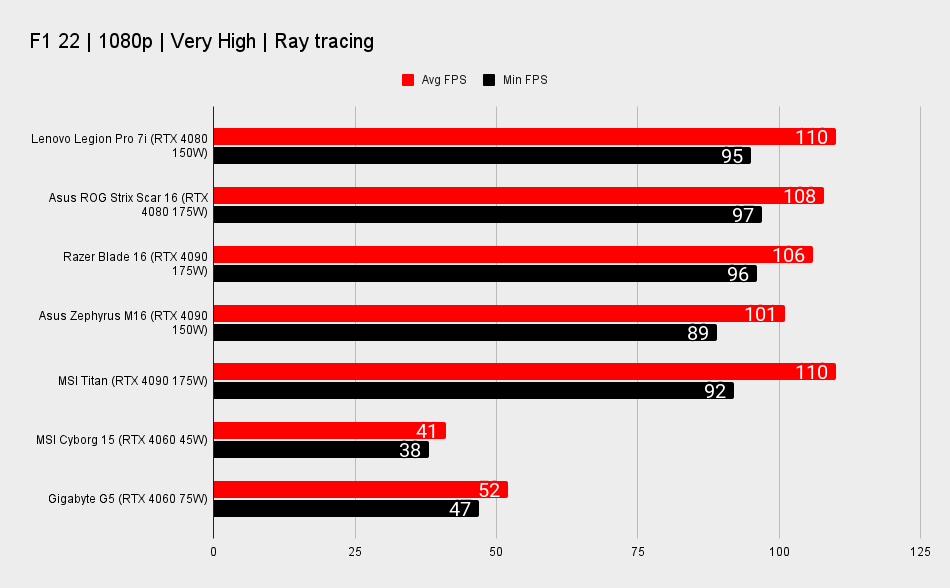
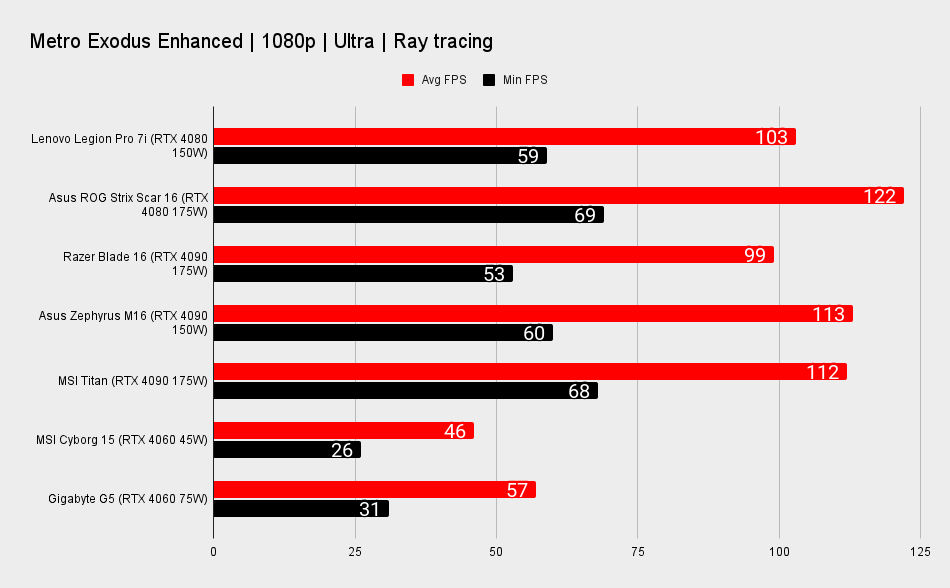
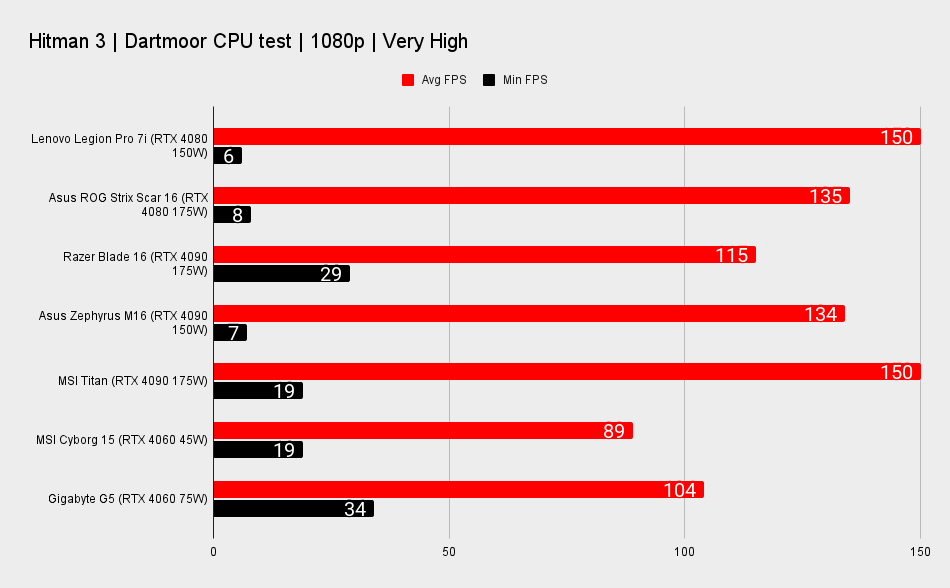
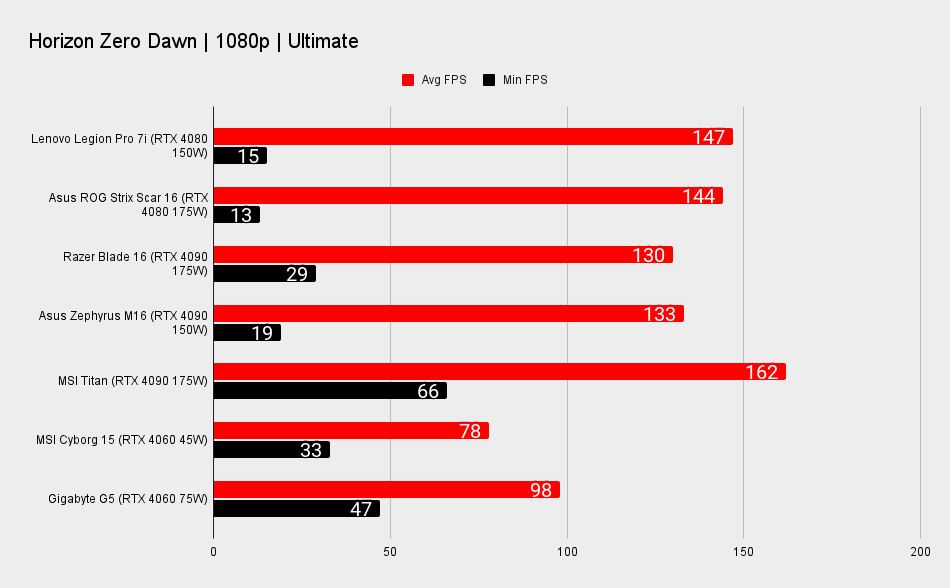
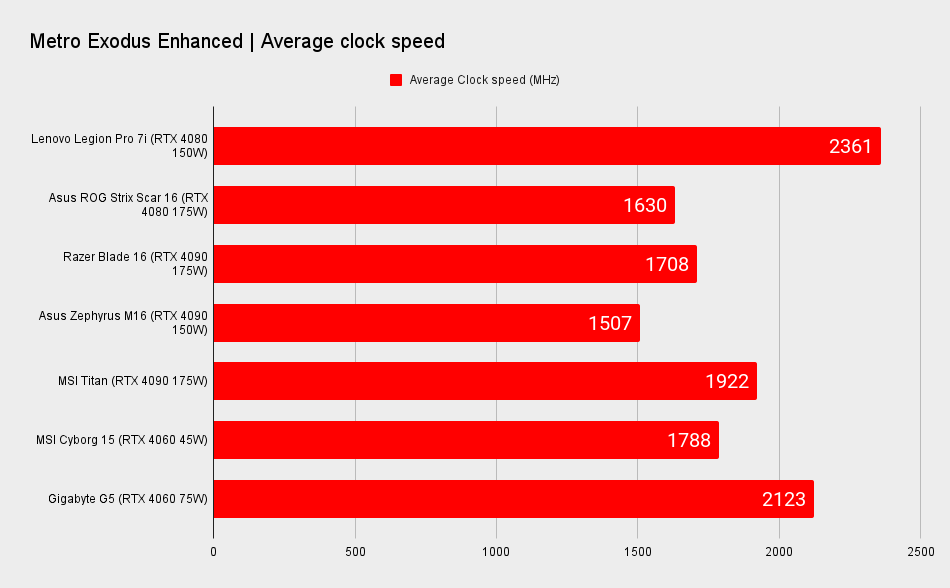
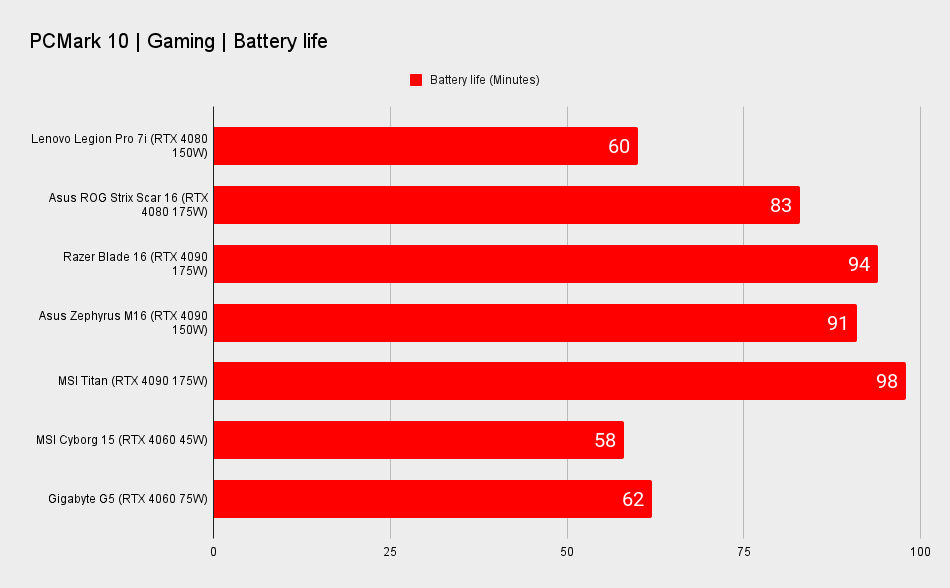
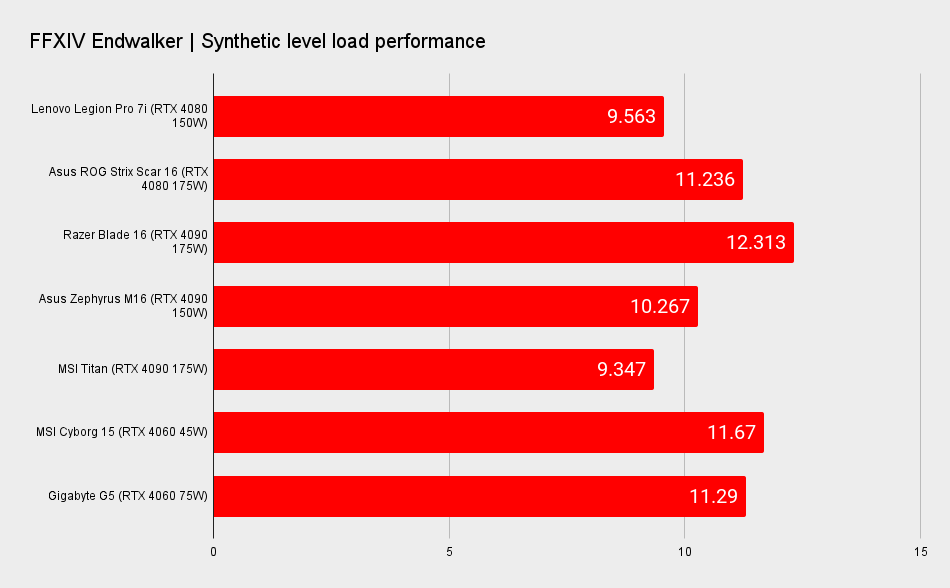
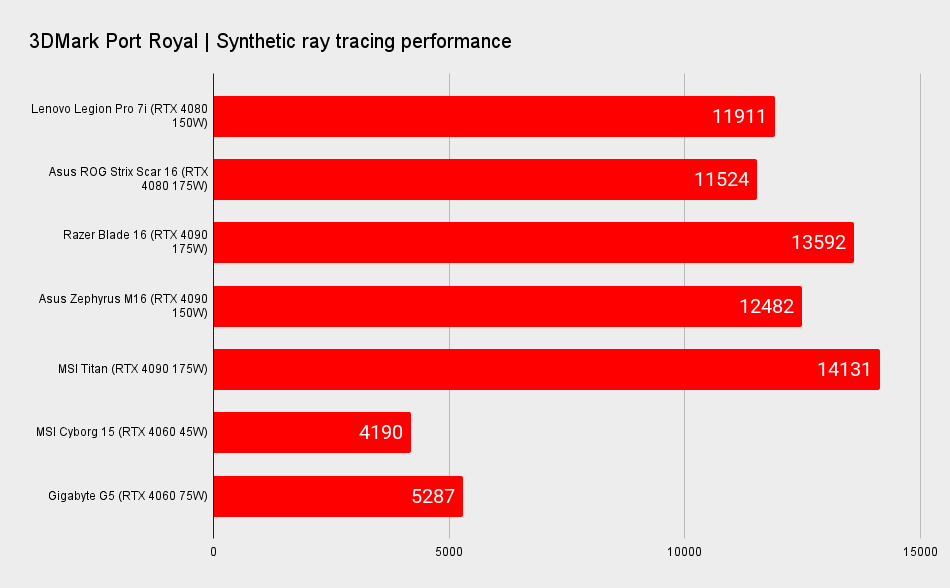
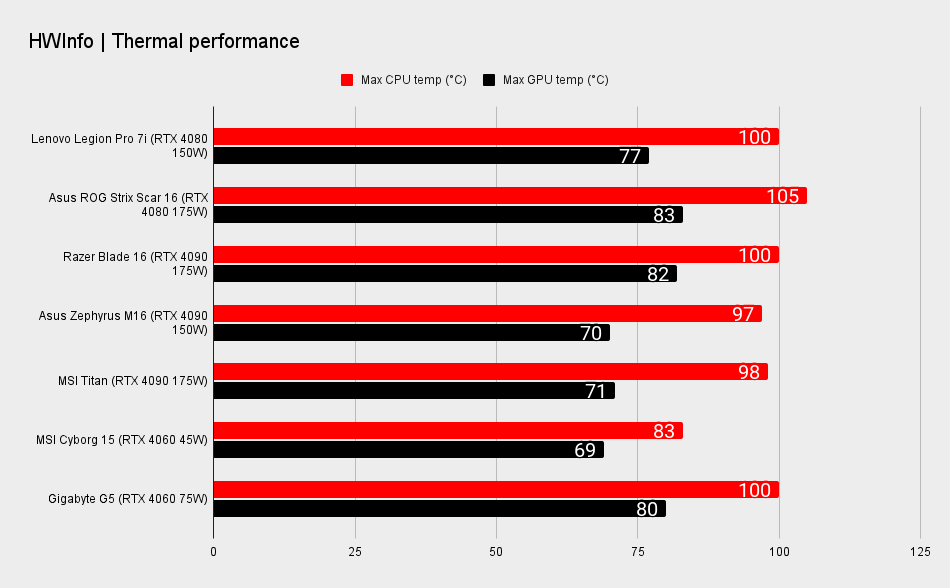
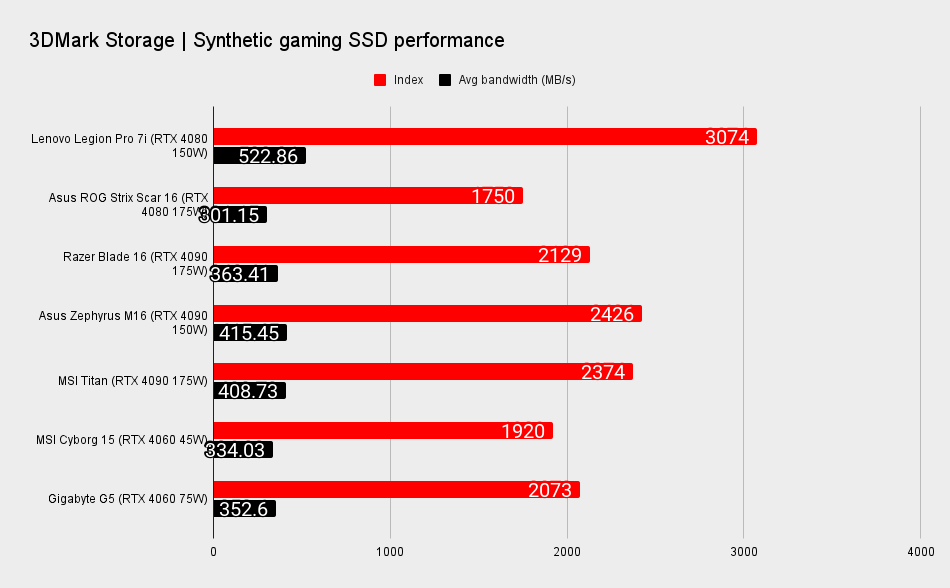
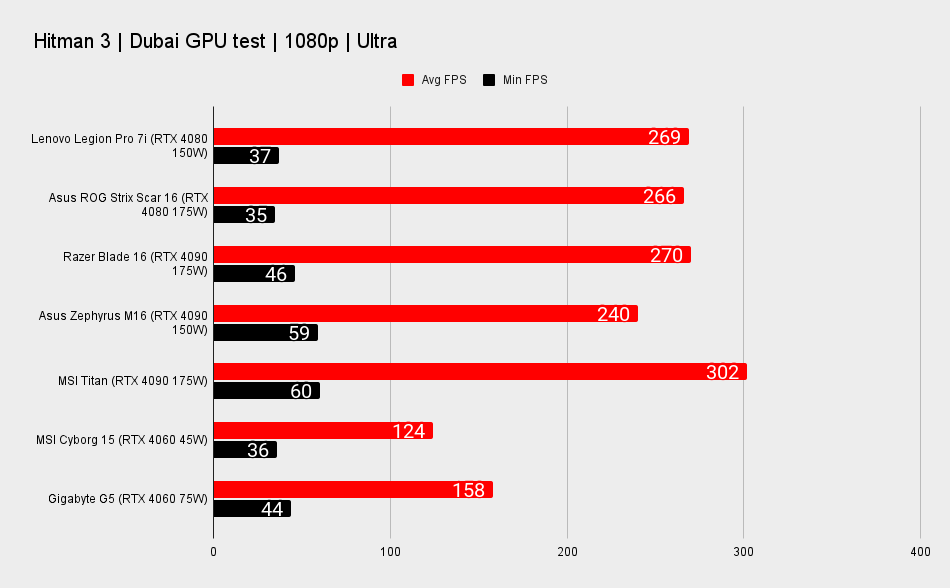
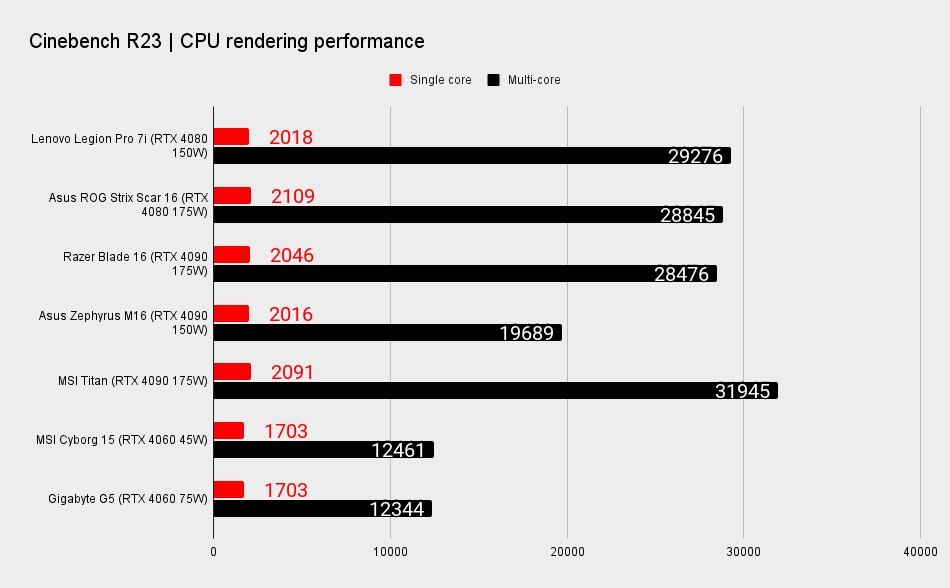
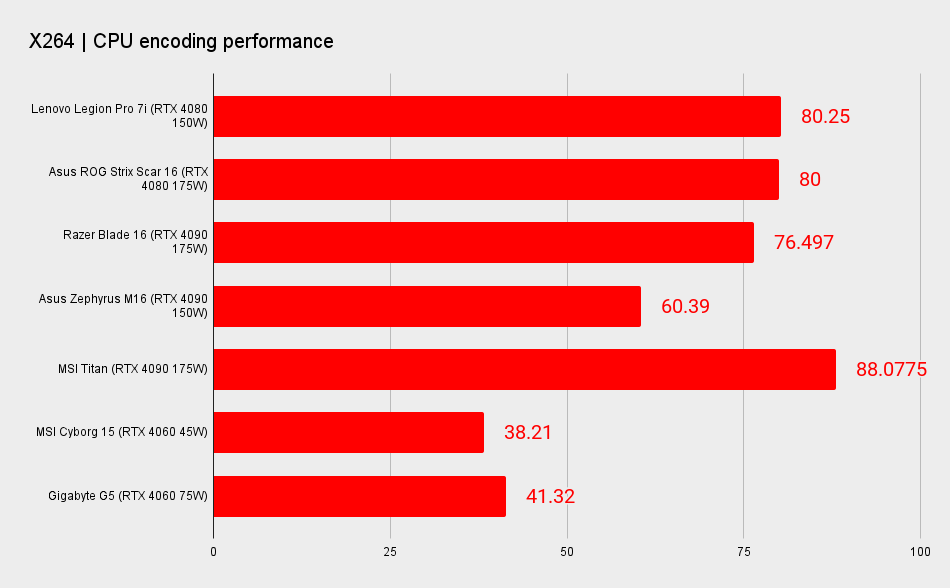
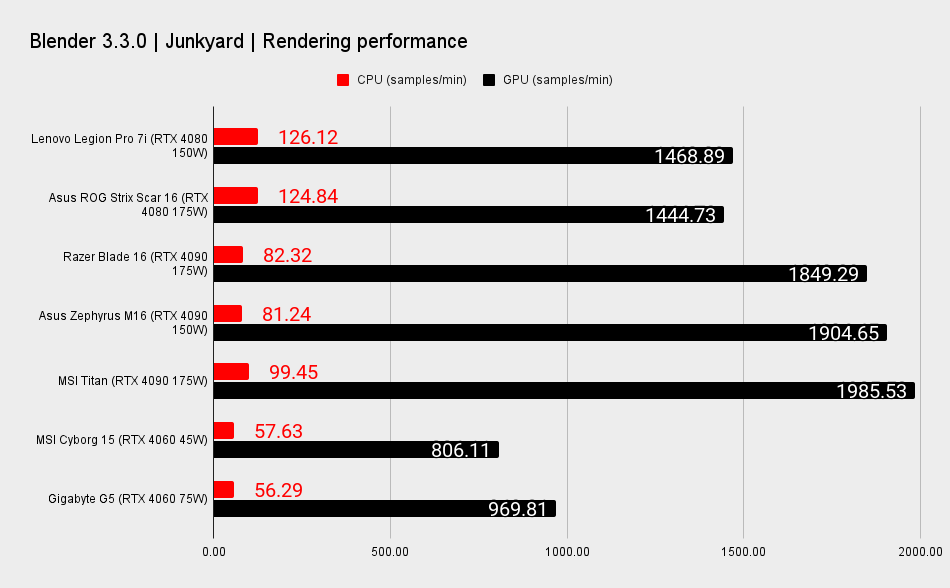
The biggest drawback of the G5 is the noise this thing makes when it's running any marginally demanding game. That's not a new experience for anyone who has used a gaming laptop in the past, but take this as your warning that gaming laptops are generally not any quieter in 2023. Not if you want high performance anyways. The MSI Cyborg 15 I also tested this past week is only quieter owing to its significantly reduced performance.
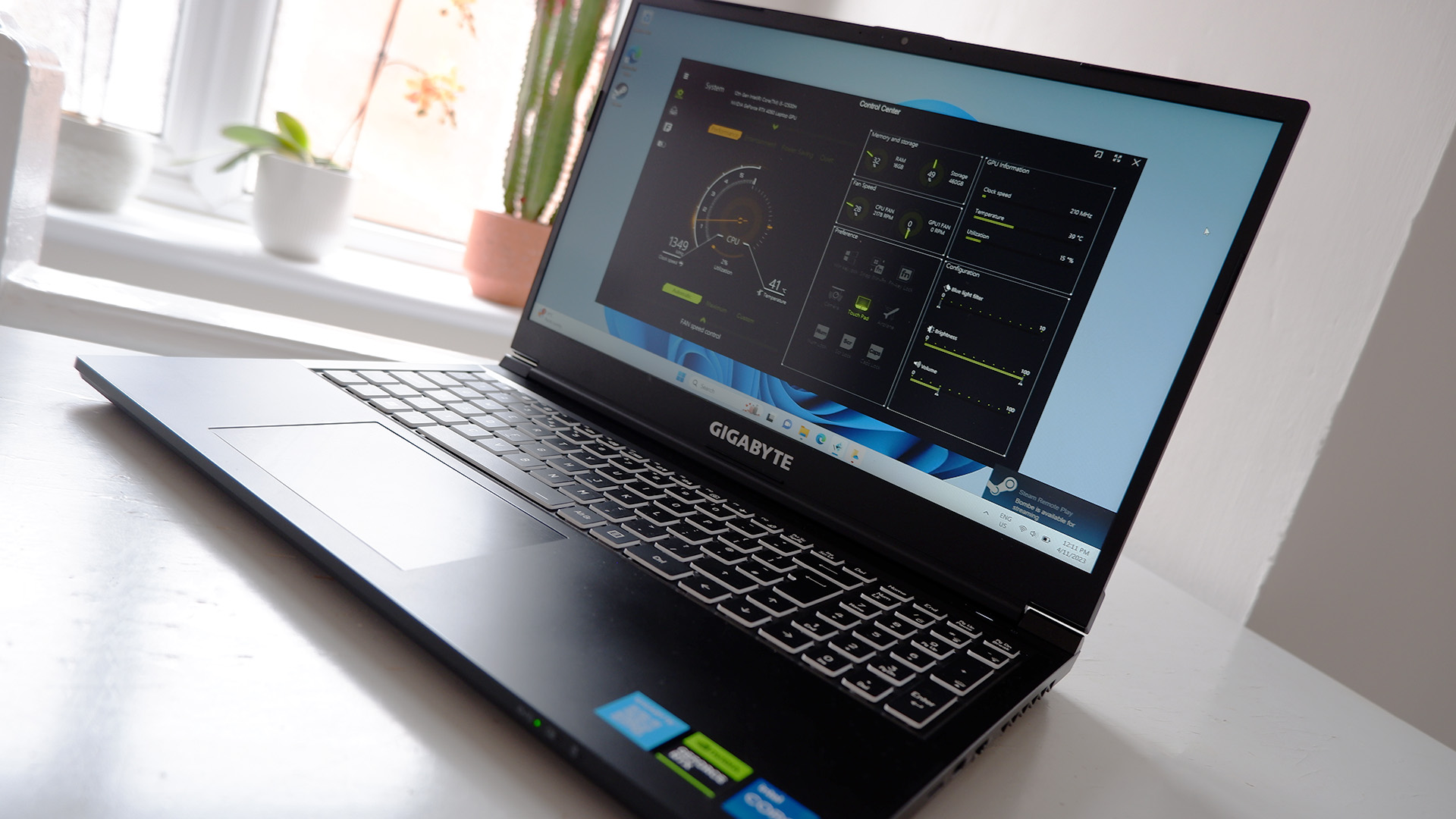
✅ You want a cheaper RTX 40-series GPU: With a price tag not dissimilar to RTX 3060 gaming laptops, you're not paying a large premium for Nvidia's latest RTX 40-series architecture.
✅ You're after a laptop for both work and play: The G5 is predominantly a gaming laptop, but it's a relatively sleek chassis and its Alder Lake CPU does come with plenty of E-cores to throw at other tasks beyond gaming.
❌ You want to install a lot of games at once: With just a 512GB SSD installed out of the box, and the OS taking up some of that already, there's not a huge amount of room left for large game libraries.
❌ You want a quiet gaming device: Better stick to the Steam Deck if you want something quieter. The G5 makes a helluva noise when it's gaming.
You can choose to significantly reduce the performance on the Gigabyte G5 in exchange for quieter operation, but the quiet mode really ramps down the GPU to a paltry power envelope of just 25W. Performance tanks with it. Instead, I found the slightly more powerful Entertainment mode a better fit for that, with the GPU running around 48W. It's still pretty loud in Entertainment mode but it delivers plenty playable frame rates.
The G5 is not much to look at, admittedly. The shiny black façade with almost invisible decals doesn't do much for me. But it's a functional design, relatively compact, and comes with useful I/O all over. Particularly handy are the couple of USB Type-C ports to round out an otherwise fairly full connection list. The power adapter is also a rather compact design for a 150W capable brick.
There's plenty of good things to say about the screen on the G5, too. It's vibrant and responsive, and while 15.6-inches can feel a little encroaching at 1080p, it's a happy median for frame rate, resolution, and size. While this laptop does suffer a little in contrast, colours are nicely saturated and it's an all-round solid panel.
The G5 (2023) just feels such a solid design for a gaming laptop. The performance is there, the flexibility and upgradeability too, and you aren't paying over the odds for the hot new thing. It's actually pretty affordable. This is going to be tough to beat for the best affordable gaming laptop to buy right now.







